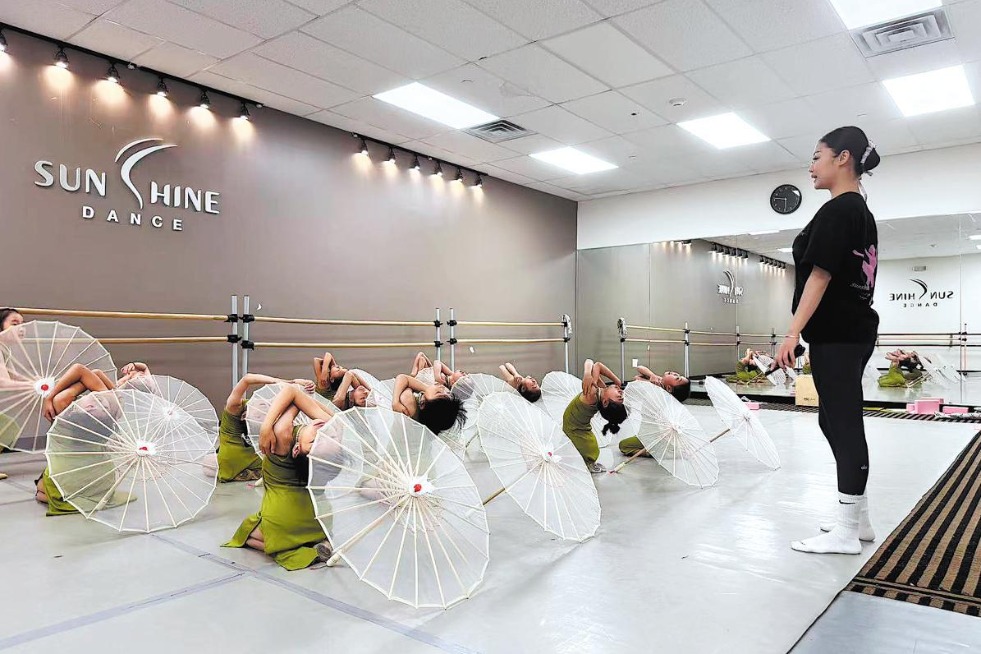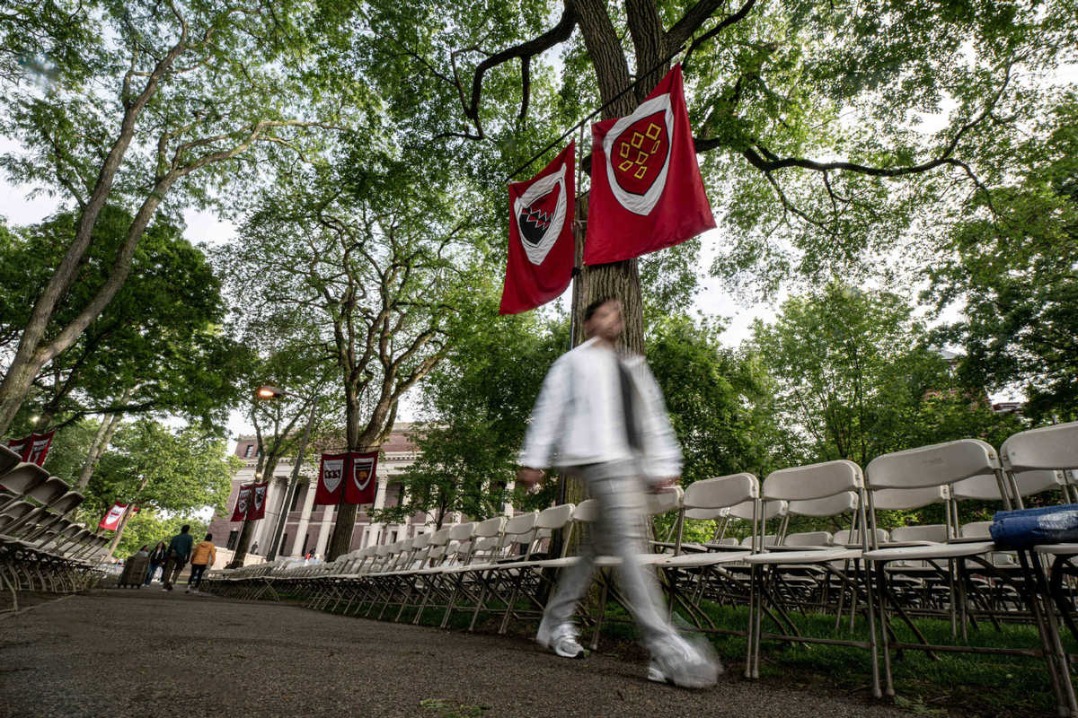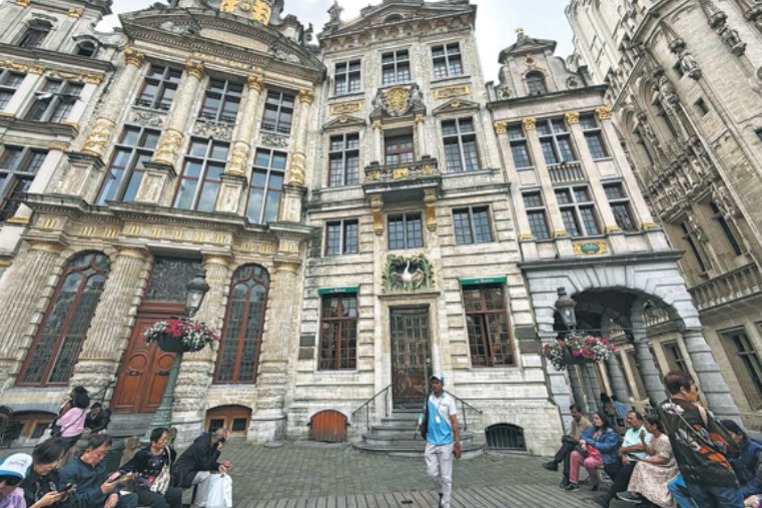Brick by brick

Agroup of older people moves tons of bricks by hand every day at Shenjia Kiln in Zhejiang's Jiashan county. Built more than 200 years ago, the kiln produces Jinzhuan brick, or gold brick, an ancient construction material used to pave the Forbidden City and royal gardens. The price for one brick ranges from 8 yuan ($1.29) to 100 yuan, depending on the size. Working at a kiln pays relatively well in the rural area. One can earn about 50,000 yuan for half a year's work. However, the brick-making process is serious manual labor, especially carrying semi-finished bricks in and out of the kiln. The hard physical work scares off local young people. A dozen women, mostly older than 60, collect bricks at the kiln's entrance, carry them to a nearby open space and pile them up. They normally get up at 4 am and start to work, wearing straw hats and gloves, and wrapping a braided-straw rope around their waists to help carry the bricks. Each of them totes roughly 25 kg of bricks at a time. Most of them have plied their trade as brick haulers for more than a decade. They work skillfully and diligently until noon. The working environment is harsh and the air is filled with dust, making it difficult to breathe. Many earth kilns have been destroyed over time, giving way to modern production. However, waves of ancient architectural restoration and protection nationwide, as well as pseudo-classical architectural construction, have put Jinzhuan brick at a premium. Buyers are lining up for it.

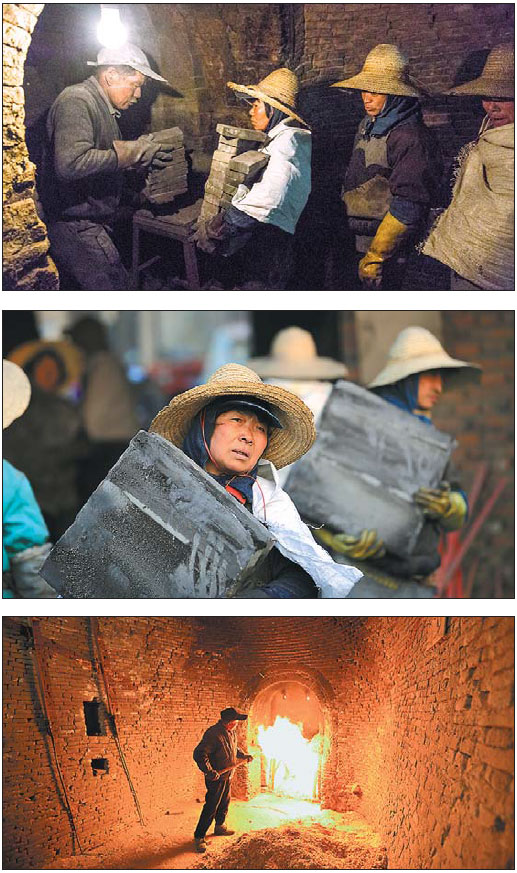
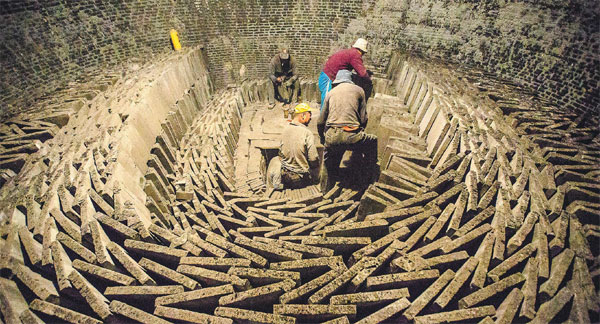
(China Daily European Weekly 04/17/2015 page4)
Today's Top News
- Launch ceremony for Japanese version of Xi's discourses on Chinese modernization held in Tokyo
- Taiwan's chip gamble will spell its doom
- US visa policy policing students
- Generative AI facilitates smart governance
- Africa's green transition gets fresh vitality
- China-EU green ties set to expand

















